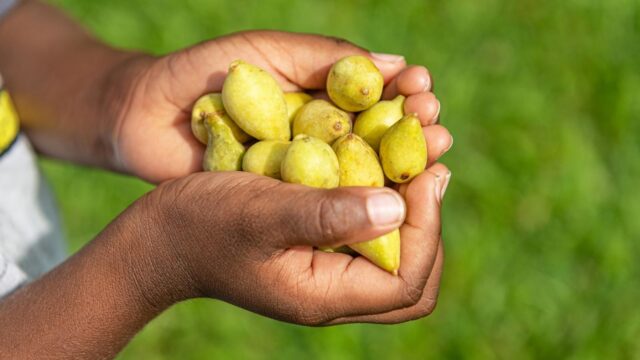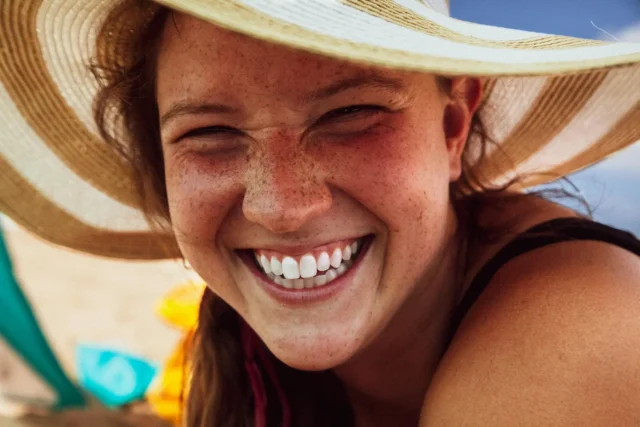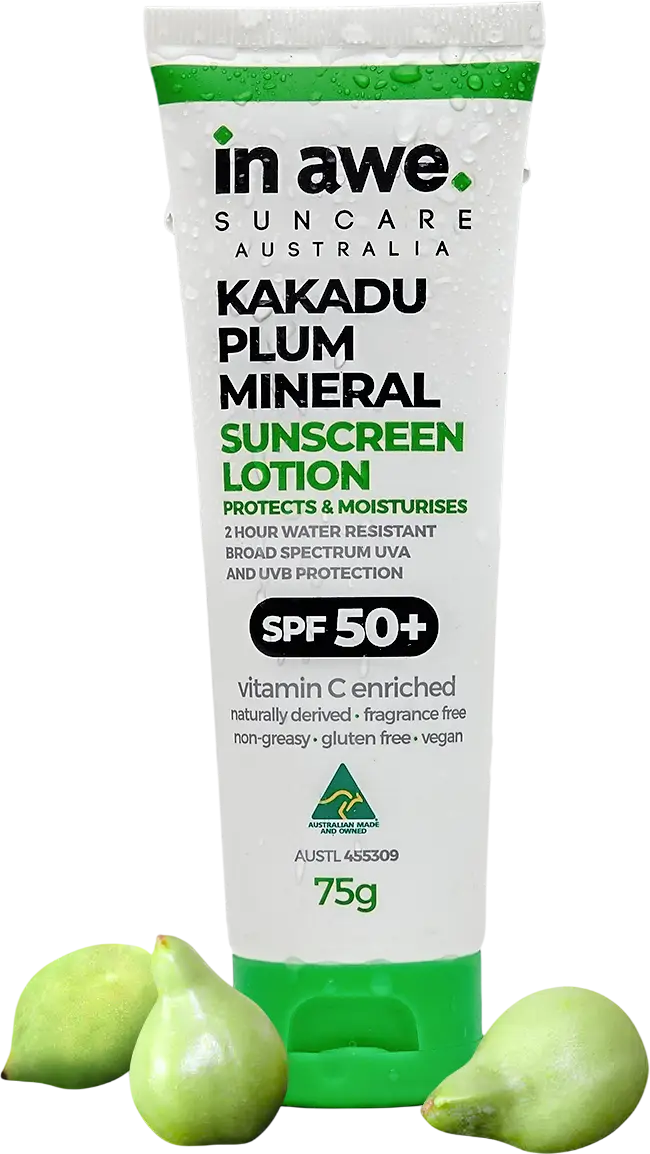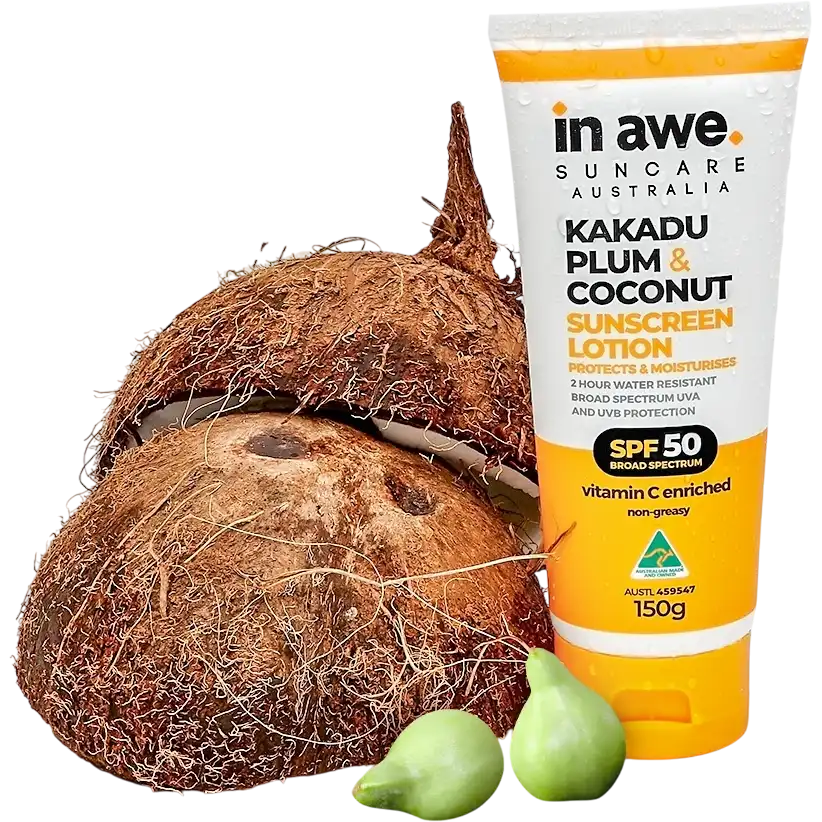
Understanding what can damage our skin is crucial to caring for it.
So, if looking after your skin is important, it’s essential to know about UV – ultraviolet – radiation.
UV radiation can harm our skin and cause it to age. According to health experts, it’s responsible for more than 95% of skin cancers.
The need to protect ourselves is obvious. Successfully doing that, though, can be tricky because of the nature of UV radiation.
UV Radiation Explained
- UV radiation is emitted by the sun but is different to sunlight, which we can see, and infrared radiation, which we feel as heat.
- Humans can’t see UV radiation. We can’t feel it either – until we’re sunburned – meaning we don’t usually get a prompt from our body to get out of harm’s way.
- UV radiation can make its way through clouds to hit our skin, so a cloudy day doesn’t protect us.
- Tanning beds are powered by UV radiation, so can impact your skin in the same way UV radiation from the sun can.
- There are three types of UV radiation from the sun: UVA, UVB and UVC. UVC rays are entirely absorbed by the earth’s ozone layer, but UVA and UVB aren’t.
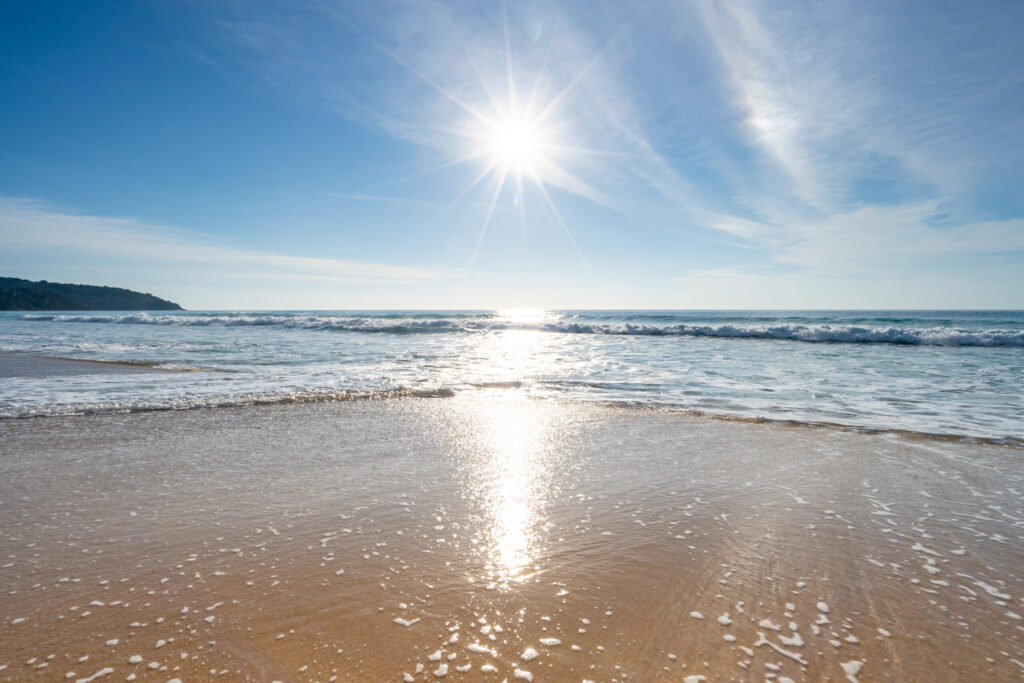
UVA Radiation
UVA rays can pass freely through the atmosphere and, therefore, make up about 95% of all the UV rays that make it to the earth’s surface.
UVA rays can penetrate deep into the skin’s middle layer, the dermis, causing harm to cells which can contribute to skin cancer. They cause skin to tan by triggering the production of melanin, a brown pigment in the skin’s top layer which leads to darkening.
UVA radiation can also lead to skin ageing, sagging and wrinkling as it damages elastin and collagen, proteins which keep skin strong, radiant and elastic.
UVB Radiation
About 15% of UVB rays make it to the earth’s atmosphere.
UVB radiation doesn’t penetrate the skin as deeply as UVA rays. Despite this, it can burn the upper layers of the skin (often ending with blistering) and impair cells, as well as spark mutations in DNA that can cause skin cancers, like melanoma.
On top of this, UVB radiation can lead to eye issues. It can cause cataracts, which affect vision, when proteins in the lens of the eye are damaged.
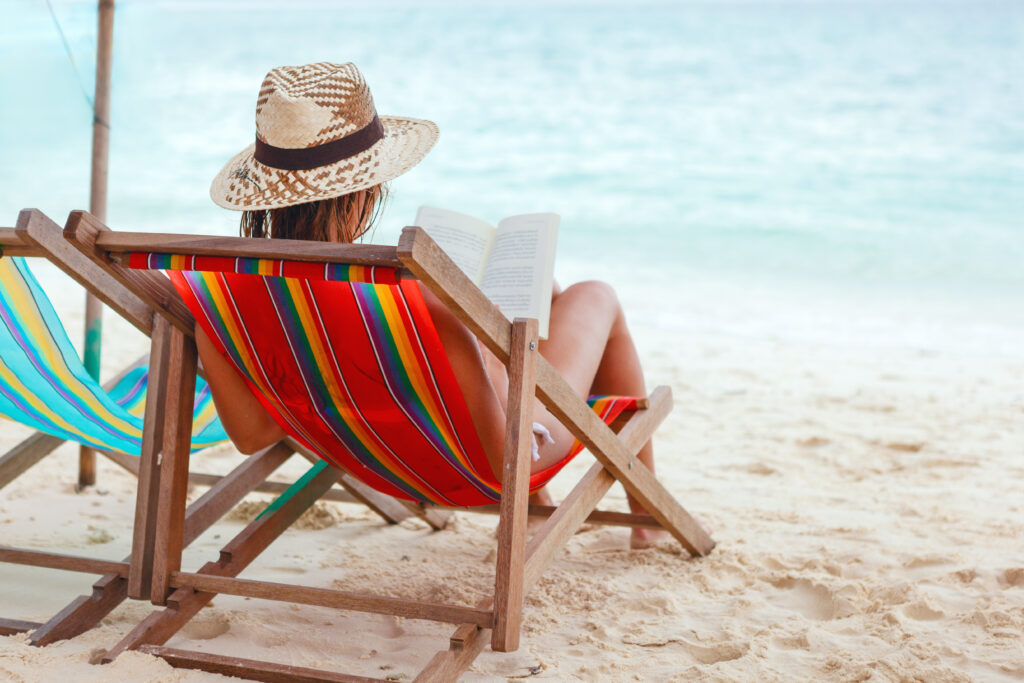
Protecting Ourselves
When UV levels on the earth’s surface get too high (3 or above on the UV index), it’s important to protect ourselves.
We can:
- Cover our skin with clothing
- Wear a hat & sunglasses
- Use a broad spectrum SPF50+ sunscreen that can filter UVA and UVB rays
- Seek shelter
InAwe’s SPF50+ mineral sunscreen lotion – which uses naturally derived zinc oxide to physically block UV radiation – and our lighter weight non-mineral sunscreen lotion both offer essential broad-spectrum protection, ensuring you stay safe from harmful UVA and UVB rays.
Both are ideal for sensitive skin, non-greasy, water resistant for two hours and – importantly – are deeply hydrating to the skin.
In Awe’s clean, natural sunscreens are also free from both oxybenzone, octinoxate, parabens and PABAs and feature vitamin C packed Kakadu plum, a powerful antioxidant that’s crucial for skin growth and repair.




